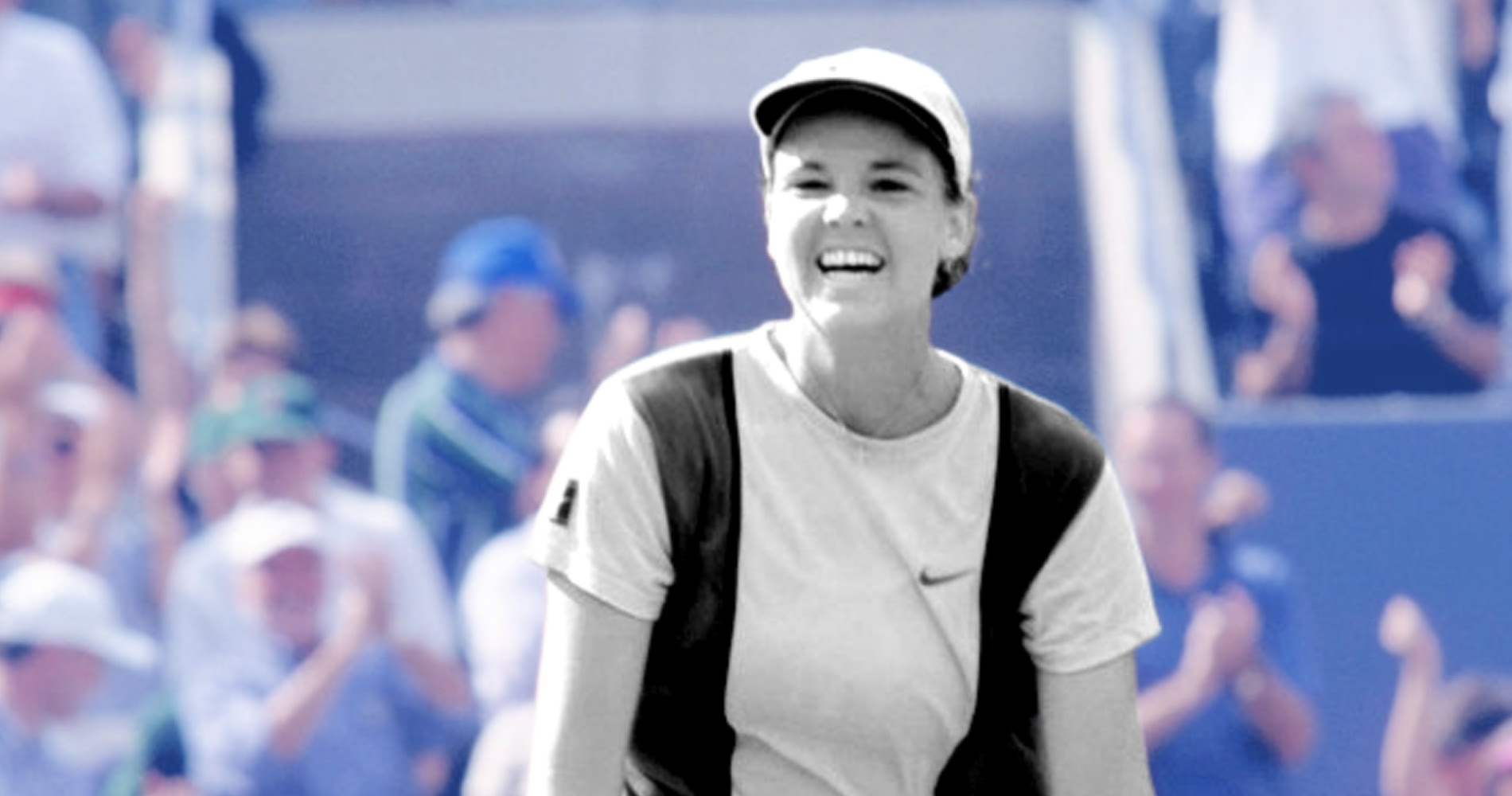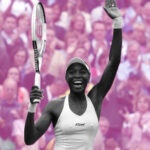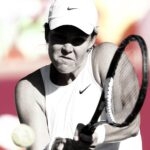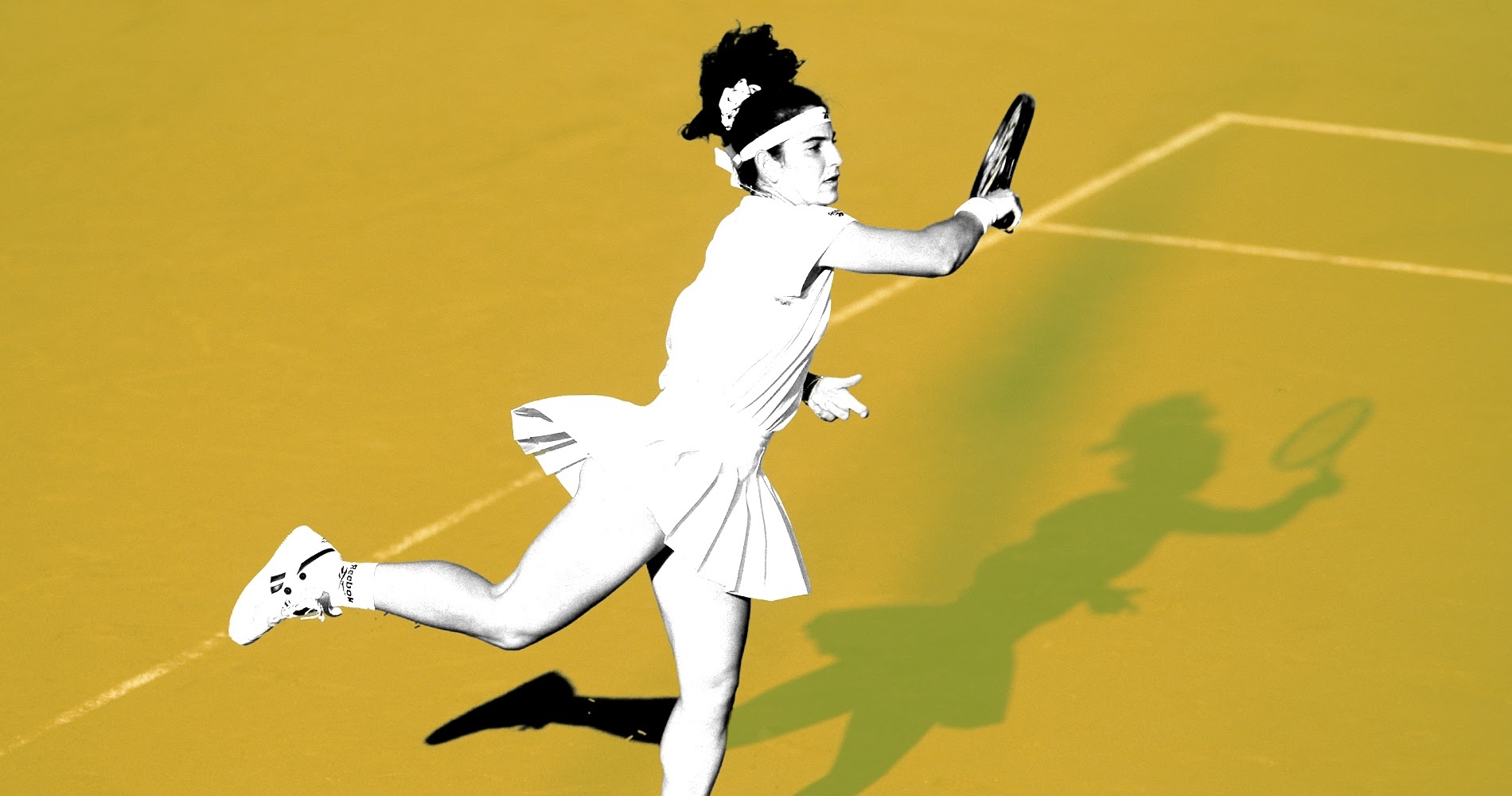August 2, 1996: The day Lindsay Davenport locked down Olympic gold
Every day, Tennis Majors takes you back in time to relive a tennis event which happened on this specific day. On this day in 1996, American Lindsay Davenport won Olympic Gold in Atlanta and set the stage for a Hall of Fame career
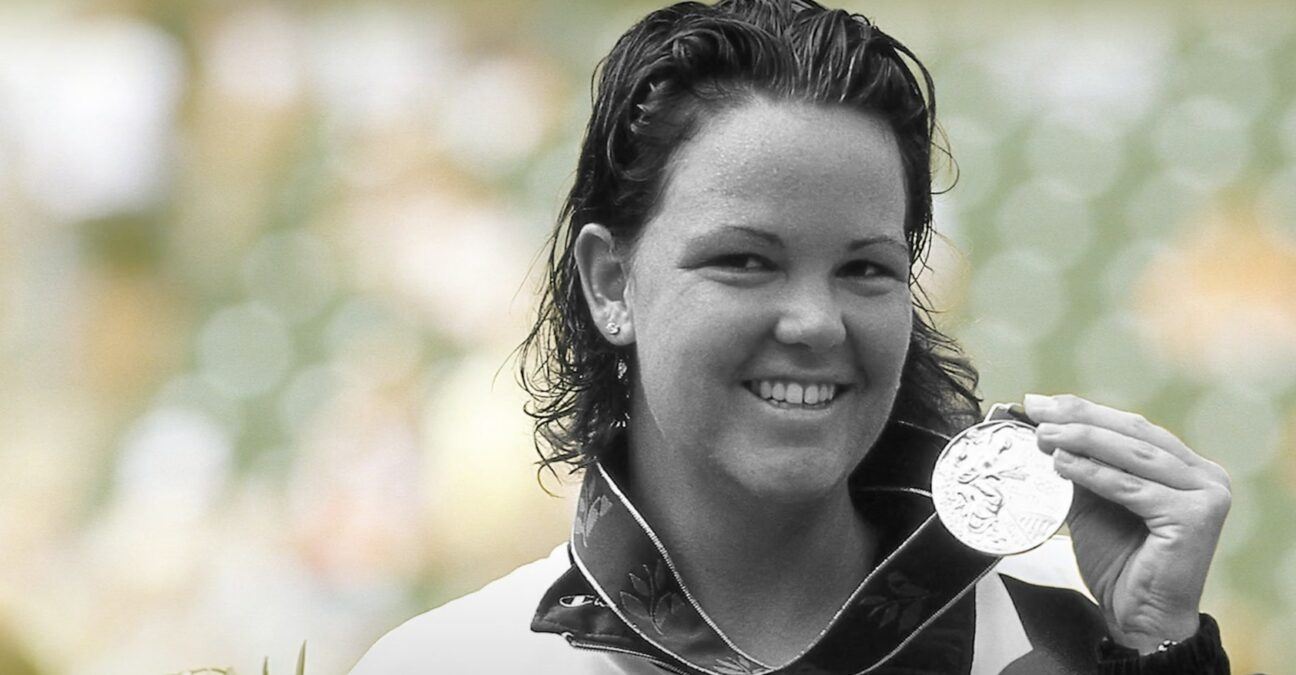 OTD_Davenport
OTD_Davenport
What happened exactly on that day?
On this day, August 2, 1996, 20-year old Lindsay Davenport defeated Arantxa Sanchez-Vicario (7-6, 6-2) to claim the gold medal at the Olympic Games in Atlanta. It was the first major title ever claimed by the future world No 1.
Just a few months earlier, Davenport had dropped down to world No 14, was out of shape and struggling with family issues.
The players: Lindsay Davenport and Arantxa Sanchez-Vicaro
- Lindsay Davenport: The big-hitting American girl
Lindsay Davenport was born in 1976. She turned professional in 1993, and during that season she claimed her first title at the European Open in Switzerland, reached the fourth round at the US Open, and beat Gabriela Sabatini, then world No 6, in Philadelphia (6-4, 6-2), finishing the year as world No 20.
The Argentine described Davenport’s game style with simple words: “She likes to hit the ball hard into the corner. Very, very hard.” In 1994, “LD” entered the top 10 and finished runner-up at the Masters Cup (defeated by Sabatini, 6-3, 6-2, 6-4), but in 1995, disturbed by family issues, her conditioning suffered as she failed to remain a top 10 player. In 1996, she came back fitter and, after having reached the quarter-finals at Roland-Garros, she climbed back into the top 10. When the Atlanta Olympic Games began, she held the 10th spot in the WTA rankings.
- Arantxa Sanchez-Vicario: The three-time Grand Slam singles champion and former world No 1
Arantxa Sanchez-Vicario, from Spain, was born in 1971 in a family of tennis players: her older brothers, Emilio and Javier, were both professional players as well. With tennis running in her blood, she reached the quarter-finals of the first Grand Slam main draw that she entered, at the age of 15, at the 1987 French Open (defeated by Gabriela Sabatini, 6-4, 6-0). In 1988, she claimed her first WTA title, in Brussels, defeating Rafaella Reggi in the final (6-0, 7-5), and finished the year as world No 18.
Sanchez-Vicario’s game, relying on a great footwork, baseline consistency and incredible defensive skills, was more successful on clay, and in 1989, she reached the Roland-Garros final, where, to everyone’s surprise, she defeated the undisputed world No 1, Steffi Graf (7-6, 3-6, 7-5). Thanks to that victory, she climbed as high as world No 4 a few months later.
In the following years, she became one of the dominant players on the Tour. She reached the semi-finals of seven Grand Slam tournaments, and she finished three times runner-up (defeated by Monica Seles at the 1991 French Open and the 1992 US Open, then by Graf at the 1994 Australian Open), before she could lift a second major trophy, at Roland-Garros, in 1994, where she beat Mary Pierce in the final (6-4, 6-4).
A few months later, she won the US Open for the first time, prevailing against Graf despite the heavy loss of the first set (1-6, 7-6, 6-4), and in February 1995, she became world No 1, a spot she held for a total of 12 weeks. In August 1996, after having finished runner-up to Graf at both Roland-Garros and Wimbledon, she was world No 3. Sanchez-Vicario was also a standout doubles player, having claimed four Grand Slam titles and reached world No 1 in 1992.
The place: Atlanta’s Stone Mountain Tennis Center
The tennis event of the Atlanta Olympic Games was held in the Stone Mountain Tennis Center, a venue built expressly for this occasion at a cost of $22 million. The complex, which had 15 courts in addition to the main court, could host 12,000 spectators.
The facts: Davenport had never beaten Sanchez-Vicario in five previous meetings
A few months before the Atlanta Olympic Games began, Lindsay Davenport was far away from being considered one of the United States’ best chances for a gold medal. After having reached world No 6 in 1995, family issues had slowed down her career. She was not at peak fitness and had dropped out of the top 10, but in 1996, she put in a lot of effort to recover her form and she slowly climbed back to world No 10. However, she was still only the fourth player on the American team, behind Monica Seles, Chanda Rubin and Mary Joe Fernandez, and, according to herself, she didn’t even think claiming a medal would be possible in Atlanta.
The only person who believed in her chances was Billie Jean King, captain of the US Fed Cup team, who had seen her destroying Kimiko Date, world No 9, in early July (6-2, 6-1). King told Davenport that with that level of play, she could accomplish something big in the upcoming Olympics.
Davenport cruised through her two first rounds, before eliminating the fifth seed, Anke Huber, in the round of 16 (6-1, 3-6, 6-3), and the fourth seed, Iva Majoli, in the quarter-finals (7-5, 6-3). In the semi-finals, she faced fellow American Mary-Joe Fernandez, whom she defeated, 6-2, 7-6.
That evening, watching countryman Michael Johnson claiming the gold medal, she realized that she was only one match away from having a gold medal moment of her own. “For the last two weeks, I’ve been hearing (“The Star-Spangled Banner”) so much for the other athletes,” Davenport said, according to The Los Angeles Times. “And only last night did I really think I could hear it for myself. I realized that actually when Michael Johnson was on the stand.”
However, her task was not easy, as on the other side of the net stood Arantxa Sanchez-Vicario, who had just reached the final at both Roland-Garros and Wimbledon, and against whom Davenport had only won one set in five previous encounters. In fact, at the end of a tight first set, the American had a little bit of luck, hitting the net cord to convert her third set point (7-6). Seizing the momentum, she displayed the powerful groundstrokes that had made such a strong impression on Billie Jean King a few weeks before to win the second set, 6-2. Davenport, who had never gone past the quarter-finals of a major tournament before, was an Olympic champion.
“This means everything for me,” Davenport said. “No matter what else happens in my life, I’ll always be a gold medalist.”
Davenport would later say that she holds the gold medal moment in a special category, as one she will always cherish as unique.
“It was so different because I felt like, and I feel like, I’m part of a different club than just a tennis club. You know, not only am I a US Olympian, but I’m also a gold medallist, the 1996 Olympic champion would tell the ITF in 2021.
What next? Davenport goes on to win three Grand Slam singles titles
Davenport would go on to claim three Grand Slam singles titles (the US Open in 1998, Wimbledon in 1999 and the Australian Open in 2000), reaching world No 1 for the first time in 1998. She would then lose in the last four major finals she would reach, all of them against the Williams sisters: three times against Venus (at Wimbledon in 2000 and 2005, and at the US Open in 2000), and once against Serena (at the 2005 Australian Open).
Super consistent in big tournaments, Davenport finished four seasons as world No 1 (1998, 2001, 2004, 2005), a spot she would occupy for 98 weeks throughout the years. After her tennis career came to an end in 2008, Davenport worked as a coach (notably with Madison Keys) and a TV broadcaster for Tennis Channel.
Arantxa Sanchez-Vicario would claim a fourth major crown in 1998, defeating Monica Seles in the Roland-Garros final (7-6, 0-6, 6-2). It would be her last appearance in a Grand Slam final. She would obtain her last big result at the 2000 French Open, defeated in the semi-finals by Conchita Martinez (6-1, 6-2), and eventually retire in 2002.
